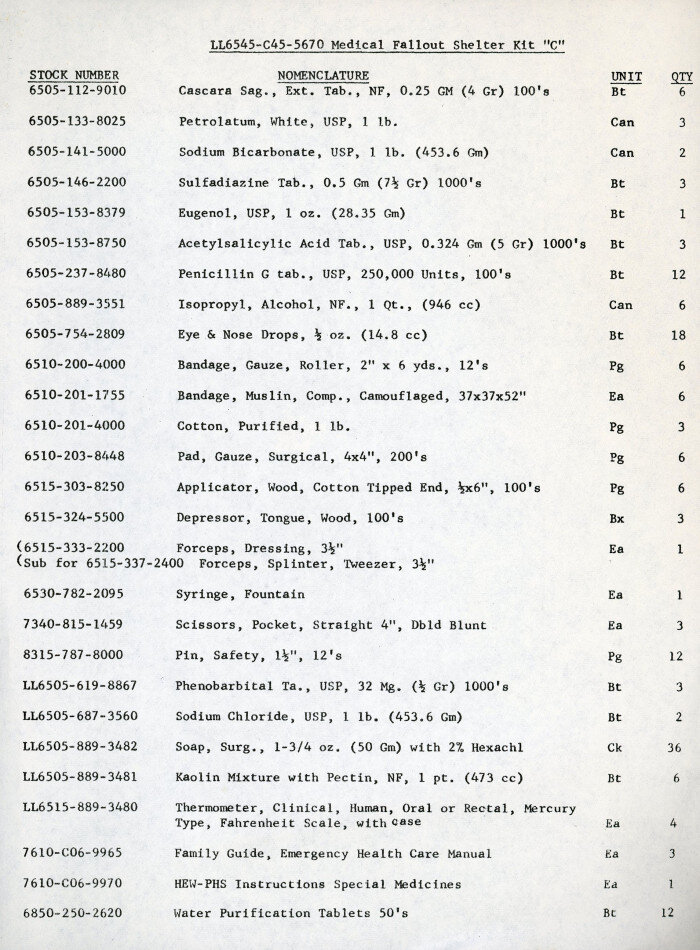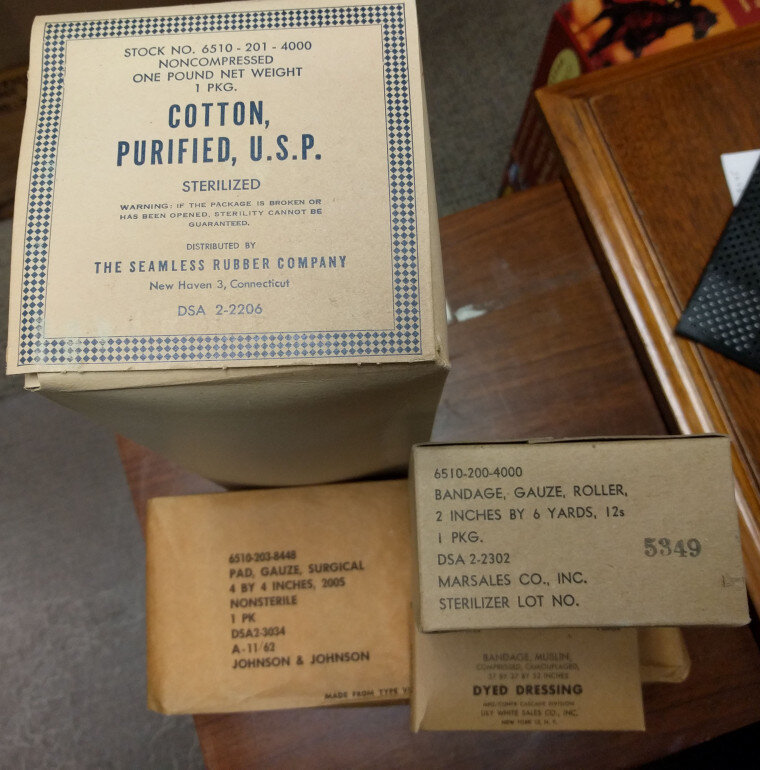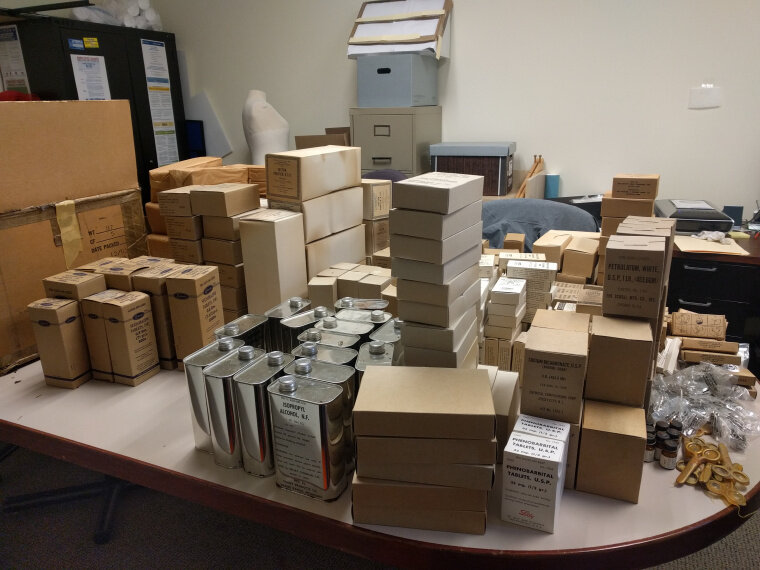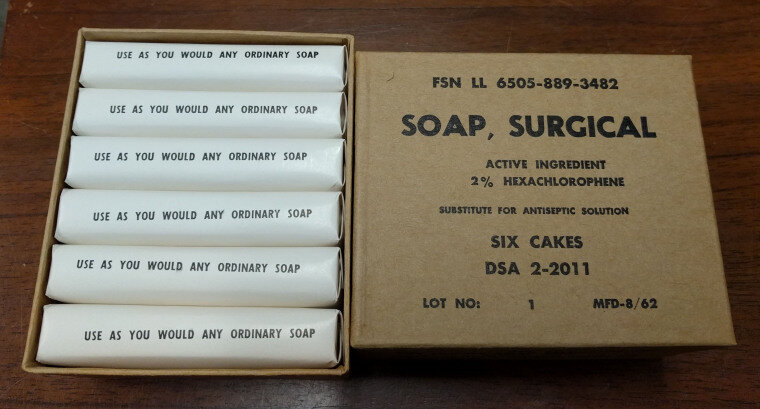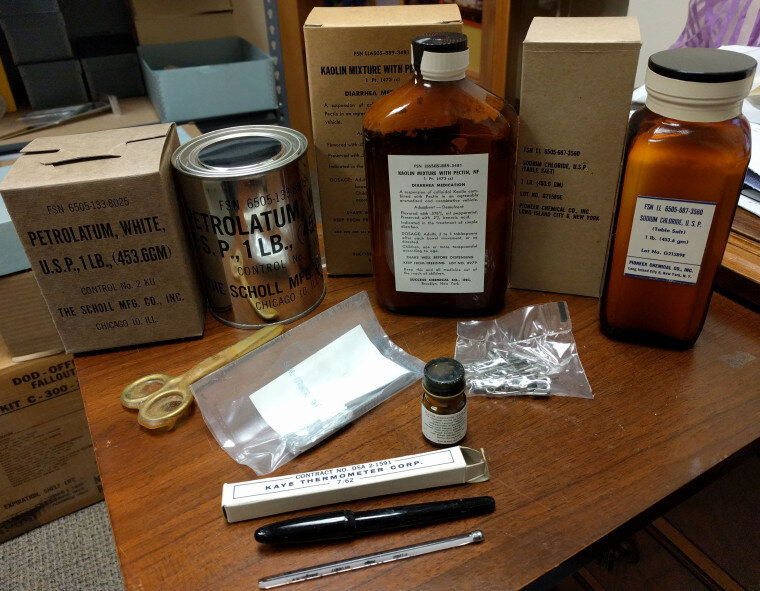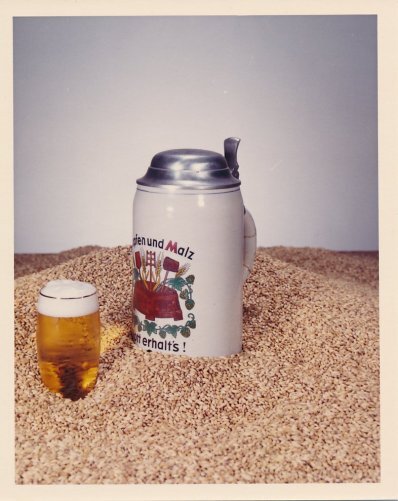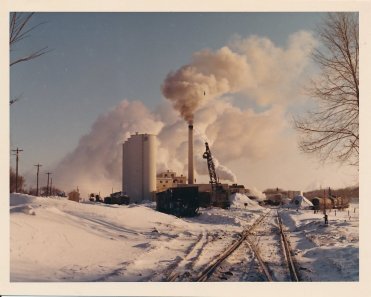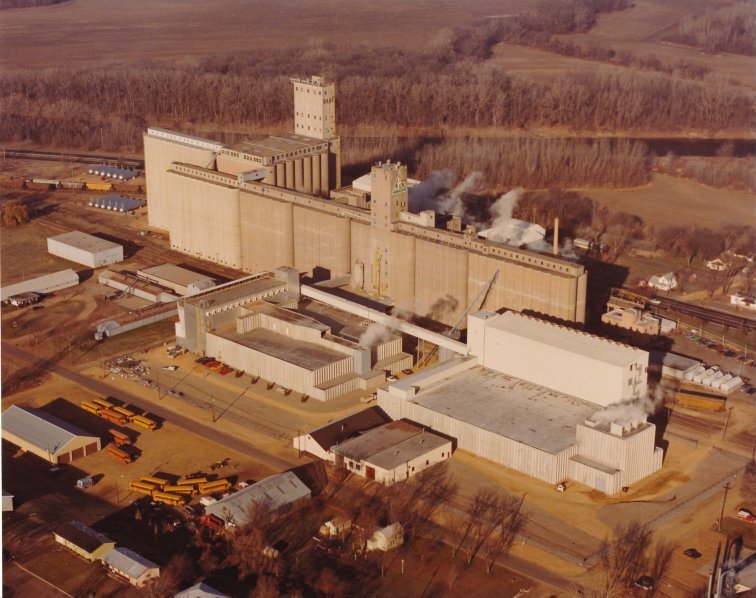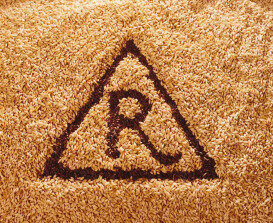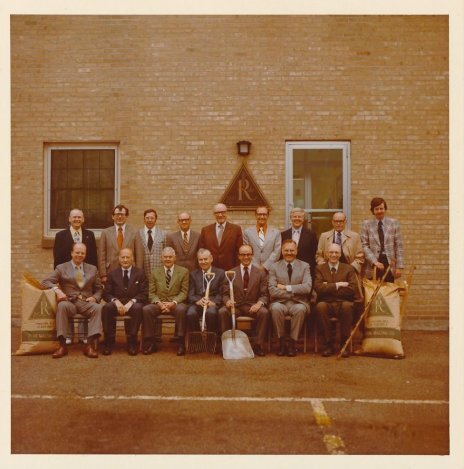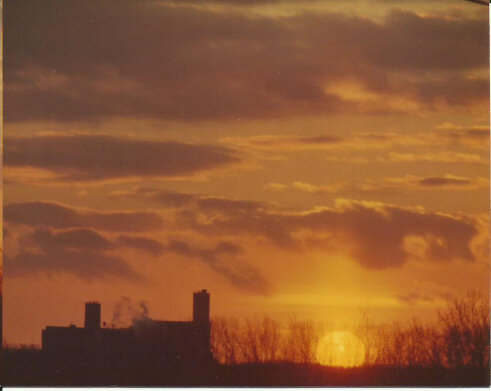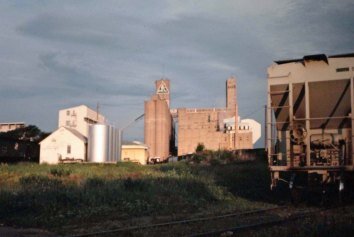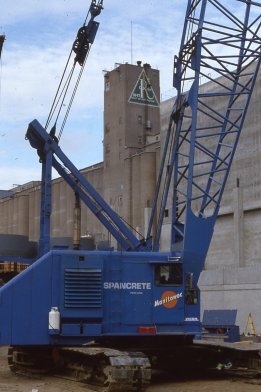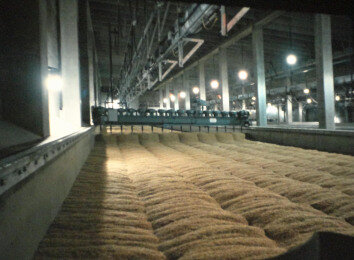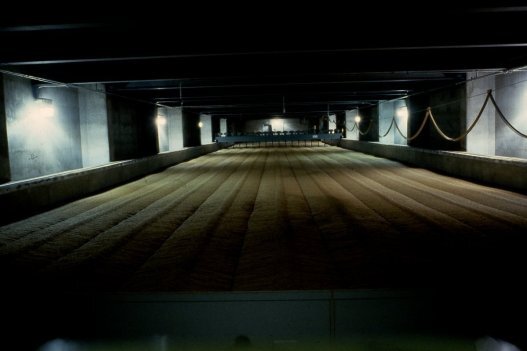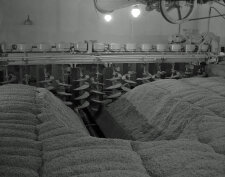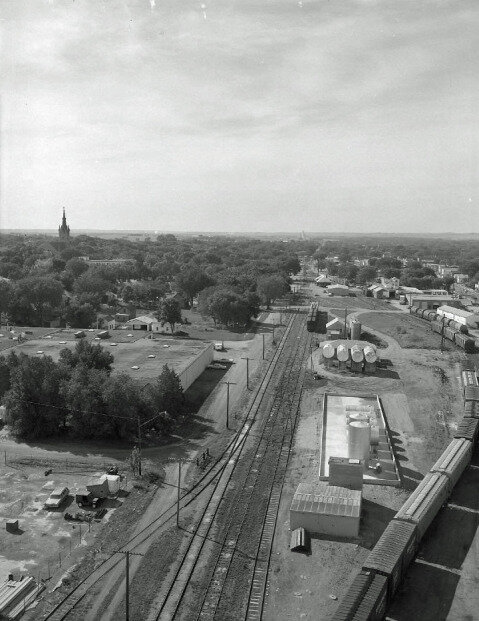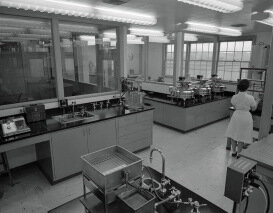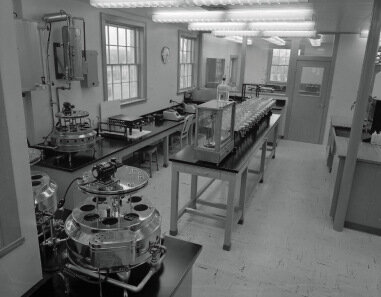The very last donation of 2017 was given to SCHS by the Rahr Malting Company on December 21, 2017. It was exactly as if the we had received an early Christmas present. The donation consisted of five boxes, of both the small and large variety, and all that was written down on the paper was that they were civil defense supplies from 1962. Needless to say, it was very exciting opening and uncovering the items inside of these civil defense boxes. As it turns out, these boxes were like a Christmas gift to SCHS, just opened up fifty-six years after they were originally packaged. Although it may have felt like Christmas here at the museum, the items in these boxes were originally packed for a much darker and serious purpose: in the event that a fallout shelter was needed in the future.
The Rahr Corporation, established in 1847 in Michigan, has since expanded to several different locations, one of them happening to be on 1st Avenue West in Shakopee. The facility in Shakopee was built in 1937, and had been added onto in 1954, 1977, 1981, 1994, and 2016.1 The information that many may have forgotten, however, was that the Rahr Malting Company was designated as a fallout shelter in 1961-1962 for the citizens of Shakopee. The boxes that were donated to SCHS were chalk full of fallout shelter items, many of them having been undisturbed for more than fifty years.
Included in the items were lists for Medical Fallout Shelter Kit “A”, which was one of the smaller boxes that could treat 50-65 shelter occupants, and for Medical Fallout Shelter Kit “C”, which was one of the larger boxes that could treat 300-325 shelter occupants. Each list identifies the items and the quantity of each item. Kit “C” contained the exact same items as in Kit “A”, just in larger quantities due to the larger number of proposed occupants. Also included was a brochure titled Fallout Shelter Medical Kit Instructions, dated July 1962, as well as a thicker brochure titled Family Guide: Emergency Health Care, which detailed instructions on caring for individuals while in a fallout shelter. These lists and brochure can be viewed below.
The items that were packed in these boxes were medical supplies, which would be extremely necessary in the event of needing a fallout shelter. Any and all items that could fit were made to sit inside their own individual brown cardboard box, the name of the item written on the front of the box. Items included several different kinds of bandages, scissors, thermometers, tweezers, safety pins, isopropyl alcohol, surgical soap, toothache remedy, eye and nose drops, diarrhea medication, many different kinds of pills (sulfadiazine, penicillin, aspirin, cascara (a laxative)), as well as tins of baking soda, petroleum jelly, and bottles of table salt. Also included were small bottles of iodine pills that would have been used to treat water in fallout shelters. All of these items were necessities when living in a closed off fallout shelter, be it with either 50-65 people, or 300-325. These items were chosen and packed with care, ready to offer aid to those who were sick. Although many of these items were labeled as being packed and stored in 1962, we, unfortunately, don’t have information on which building on the Rahr Malting campus was to be used as the fallout shelter.
Nonetheless, these items are a museum’s treasure, and very much a look into the past when nuclear war felt very much like an imminent threat. These boxes stored in the Rahr Malting Company show that a very national fear was felt by everyone everywhere throughout the United States, even in small Shakopee, Minnesota.
Many of these items have not been viewed since the 1960s, so I am pleased to allow you a secondhand look at these fallout shelter items. Enjoy.




